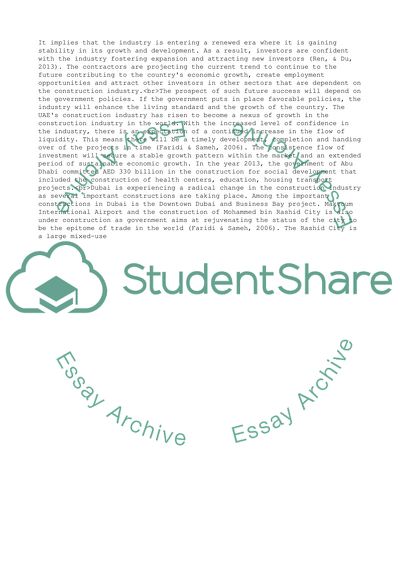Cite this document
(Construction in the uae Essay Example | Topics and Well Written Essays - 2500 words, n.d.)
Construction in the uae Essay Example | Topics and Well Written Essays - 2500 words. https://studentshare.org/business/1830116-construction-in-the-uae
Construction in the uae Essay Example | Topics and Well Written Essays - 2500 words. https://studentshare.org/business/1830116-construction-in-the-uae
(Construction in the Uae Essay Example | Topics and Well Written Essays - 2500 Words)
Construction in the Uae Essay Example | Topics and Well Written Essays - 2500 Words. https://studentshare.org/business/1830116-construction-in-the-uae.
Construction in the Uae Essay Example | Topics and Well Written Essays - 2500 Words. https://studentshare.org/business/1830116-construction-in-the-uae.
“Construction in the Uae Essay Example | Topics and Well Written Essays - 2500 Words”. https://studentshare.org/business/1830116-construction-in-the-uae.


